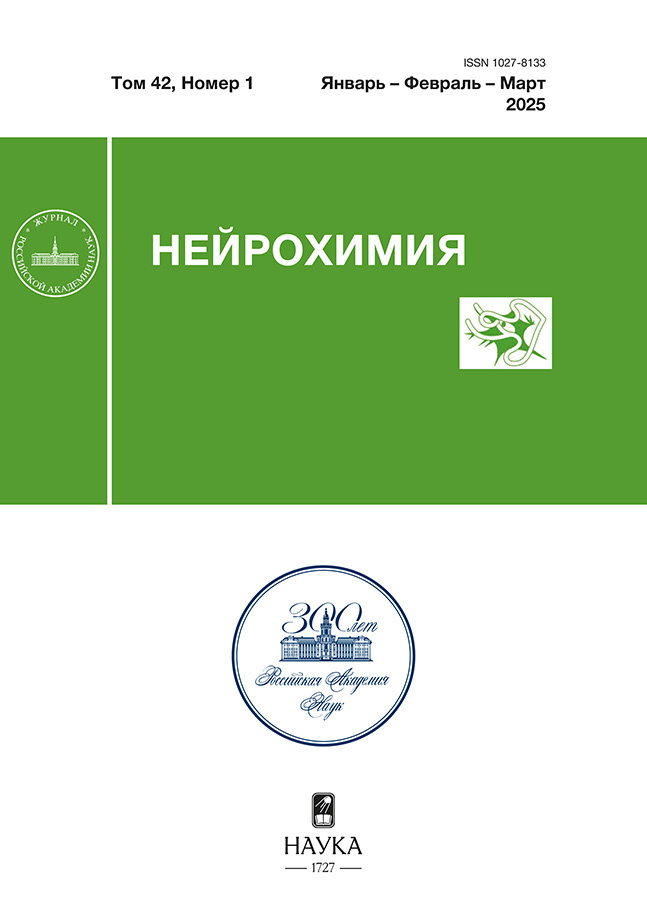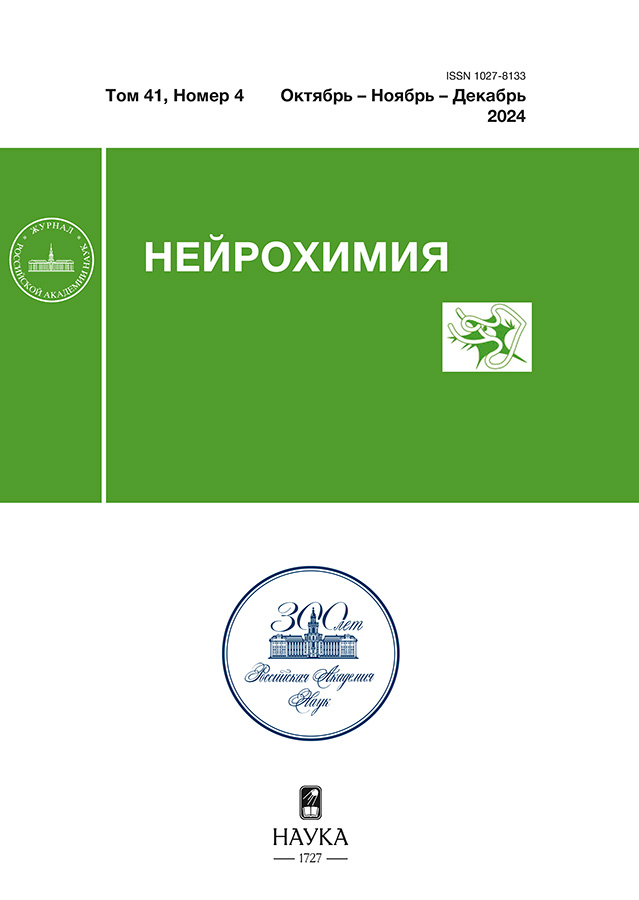Selection Signal in C-Kit Ligand Gene Linked to Glucocorticoid-Regulated Neuroplasticity: a New Angle on Domestication Mechanisms
- Authors: Piskunov A.K.1, Voronkova V.N.1, Soloshenkova E.A.1, Saushkin N.Y.2, Samsonova Z.V.1,2, Stolpovsky Y.A.1
-
Affiliations:
- Vavilov Institute of General Genetics of the Russian Academy of Sciences
- Lomonosov Moscow State University
- Issue: Vol 41, No 4 (2024)
- Pages: 421-434
- Section: Articles
- URL: https://cardiosomatics.ru/1027-8133/article/view/653875
- DOI: https://doi.org/10.31857/S1027813324040135
- EDN: https://elibrary.ru/EGDZDE
- ID: 653875
Cite item
Abstract
Domestication profoundly shapes the evolutionary trajectories of both humans and animals. Despite significant scientific interest, the genetic underpinnings of domestication, particularly those related to behavior, remain elusive. This paradox may be reconciled by considering that behavior-associated genes have already been identified but categorized exclusively to other functional groups. Our investigation into this hypothesis utilized goat genome and human brain transcriptome data, focusing on the pigmentation gene KITLG due to its frequent association with domestication. Through analysis of interpopulation covariation between KITLG and candidate genes in the domestic goat genome (Capra hircus), we identified eight genes evolutionarily linked with KITLG. These genes were divided into three functional categories: (i) regulation of the glucocorticoid (GC) signal, (ii) initiation, and (iii) control of structural neuroplasticity. In the human brain, the regional expression patterns of the corresponding transcripts were complementary and most pronounced in areas associated with social interaction. We propose that a mutation in KITLG may decrease the activation threshold for GC-mediated neuroplasticity in these regions, enhancing the processing of social stimuli. The association of this allele with spotted coat patterns likely facilitated its selection, with the uniqueness of the pattern promoting selective social contacts. Consequently, the genomes of domesticated animals is probably more profoundly influenced by behavioral functions than previously believed. Further research could unveil novel functional attributes of the nervous systems in both animals and humans.
Keywords
Full Text
About the authors
A. K. Piskunov
Vavilov Institute of General Genetics of the Russian Academy of Sciences
Email: jvsamsonova@gmail.com
Russian Federation, Moscow
V. N. Voronkova
Vavilov Institute of General Genetics of the Russian Academy of Sciences
Email: jvsamsonova@gmail.com
Russian Federation, Moscow
E. A. Soloshenkova
Vavilov Institute of General Genetics of the Russian Academy of Sciences
Email: jvsamsonova@gmail.com
Russian Federation, Moscow
N. Yu. Saushkin
Lomonosov Moscow State University
Email: jvsamsonova@gmail.com
Russian Federation, Moscow
Zh. V. Samsonova
Vavilov Institute of General Genetics of the Russian Academy of Sciences; Lomonosov Moscow State University
Author for correspondence.
Email: jvsamsonova@gmail.com
Russian Federation, Moscow; Moscow
Yu. A. Stolpovsky
Vavilov Institute of General Genetics of the Russian Academy of Sciences
Email: jvsamsonova@gmail.com
Russian Federation, Moscow
References
- Talenti A., Bertolini F., Williams J., Moaeen-Ud-Din M., Frattini S., Coizet B., Pagnacco G., Reecy J., Rothschild M.F., Crepaldi P., Italian Goat Consortium. // J. Hered. 2018. V. 109. № 3. P. 315–319.
- Stella A., Nicolazzi E.L., Van Tassell C.P., Rothschild M.F., Colli L., Rosen B.D., Sonstegard T.S., Crepaldi P., Tosser-Klopp G., Joost S., the AdaptMap Consortium. // Genet. Sel. Evol. 2018. V. 50. 61.
- Mukhina V., Svishcheva G., Voronkova V., Stolpovsky Y., Piskunov A. // Animals (Basel). 2022. V. 12. № 3. P. 221.
- Shen E.H., Overly C.C., Jones A.R. // Trends neurosci. 2012. V. 35. № 12. P. 711–714.
- Hirata T., Morii E., Morimoto M., Kasugai T., Tsujimura T., Hirota S., Kanakura Y., Nomura S., Kitamura Y. // Development (Cambridge, England). 1993. V. 19. № 1. P. 49–56.
- Zhang S.C., Fedorof S. // J. Neurosci. Res. 1997. V. 47. № 1. P. 1–15.
- Jin K., Ma X.O., Sun Y., Xie L., Greenberg D.A. // J. Clin. Investigation. 2002. V. 110. № 3. P. 311–319.
- Lennartsson J., Rönnstrand L. // Physiol. Rev. 2012. V. 92 № 4 P. 619‒1649.
- Yang Z., Shi H., Ma P., Zhao S., Kong Q., Bian T., Gong C., Zhao Q., Liu Y., Qi X., Zhang X., Han Y., Liu J., Li Q., Chen H., Su B. // Mol. Biol. Evol. 2018. V. 35. № 9. P. 2272‒2283.
- Guijarro P., Wang Y., Ying Y., Yao Y,. Jieyi X., Yuan X. // Dev. Neurobiol. 2013. V. 73. №. 12. P. 871‒887.
- Tantra M., Guo L., Kim J., Zainolabidin N., Eulenburg V., Augustine G.J., Chen A.I. // Genes brain behav. 2018. V. 17. № 6. P. e12466.
- Kuwahara N., Nicholson K., Isaacs L., MacLusky N.J. // Androg. Clin. Res. Ther. 2021. V. 2. № 1. P. 216–230.
- Gulyaeva N.V. // Biochem. Moscow. 2023. V. 88. P. 565–589.
- Olusola A. Ajilore, Robert M. Sapolsky. // Neuroendocrinology. 1999. V. 69. № 2. P. 138–144
- Li X., Qiu W., Deng L., Lin J., Huang W., Xu Y., Zhang M., Jones N.C., Lin R., Xu H., Lin L., Li P., Wang X. // J. Transl. Med. 2022. V. 20. № 1. P. 406.
- Lee D., Kim E., Tanaka-Yamamoto K. // Front. Cell Dev. Biol. 2016. V. 4. P. 92.
- Zhao Y.F., Tang Y., Illes P. // Front. Mol. Neurosci. 2021. V. 14. P. 641570.
- Kesavan J., Watters O., de Diego-Garcia L., Méndez A.M., Alves M., Dinkel K., Hamacher M., Prehn J.H.M., Henshall D.C., Engel T. Purinergic signalling. 2023. 10.1007/s11302-023-09957-8. Advance online publication.
- Granja-Galeano G., Dominguez-Rubio A.P., Zappia C.D., Wolfson M., Sanz-Blasco S., Aisemberg J., Zorrilla-Zubilete M., Fernandez N., Franchi A., Fitzsimons C.P., Monczor F. // Neuropharmacology. 2023. V. 239. P. 109674.
- Melroy W.E., Stephens S.H., Sakai J.T., Kamens H.M., McQueen M.B., Corley R.P., Stallings M.C., Hopfer C.J., Krauter K.S., Brown S.A., Hewitt J.K., Ehringer M.A. // Behav. Genet. 2014. V. 44. № 4. P. 356‒367.
- Da Silva C.A., Heilbock C., Kassel O., Frossard N. // FASEB J. 2003. V. 17. № 15. P. 2334‒2336.
- Gulyaeva N. // Neurochem. Res. 2019. V. 44. P. 1306–1322.
- Dutta S.S., Andonova A.A., Wöellert T., Hewett S.J., Hewett J.A. // Neurobiol. Dis. 2022. V. 168. P. 105689.
- Peña-Altamira L.E., Polazzi, E., Giuliani P., Beraudi A., Massenzio F., Mengoni I., Poli A., Zuccarini M., Ciccarelli R., Di Iorio P., Virgili M., Monti B., & Caciagli F. // Neurochem. Int. 2018. V. 115. P. 37–49.
Supplementary files












